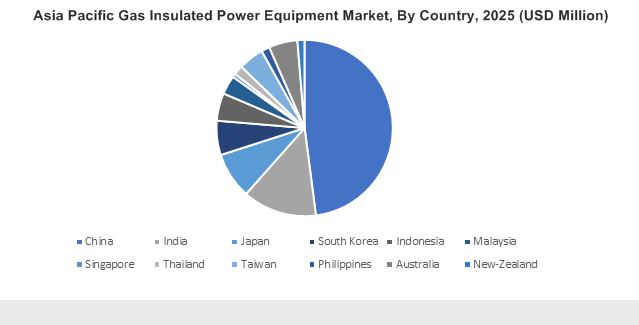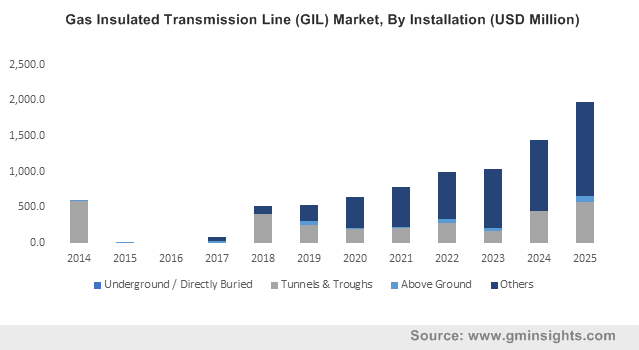Home > Energy & Power > Electrical Equipment > Electrical Infrastructure > Gas Insulated Power Equipment Market
Gas Insulated Power Equipment Market Analysis
- Report ID: GMI3258
- Published Date: Apr 2019
- Report Format: PDF
Gas Insulated Power Equipment Market Analysis
The rapid upscaling of renewable technology including wind energy will potentially lead to the demand for advance and competitive electrical infrastructure over the forecast timeframe. In addition, increasing plant size to sustain the upsurge in demand for energy with conventional electrical infrastructure acquiring more space and clearances have raised the overall project cost. Therefore, the integration of GIS technology provides significant scope for space and cost reduction along with enhanced operational performance which in turn will complement gas insulated power equipment market share.
High overload capability, enhanced safety features, operational flexibility and low space requirement are some prime factors which will foster the global market size. In addition, the GIL offers high-power ratings, auto-reclosing functionality, high short-circuit withstand capability and low electromagnetic field emission. Moreover, the persistent efforts for the upgradation of HVAC and HVDC transmission technology along with integration of renewable grid networks will boost the product demand.
The Gas Insulated Transmission line (GIL) market has substantially been affected by regulatory shift toward reduction in transmission losses, enhanced transmission capacity and reliability of electricity grid network. Effective short-circuit withstand capability, low maintenance cost, minimal electrical ageing and non-flammable operational characteristics have positively swayed the product adoption. Furthermore, the manufacturers are allocating heavy fund for research and development activities associated to gas insulated transmission lines for reduction in the overall project cost and environmental hazards.
Asia Pacific will witness growth due to the growing power demand from emerging nations. Developing economies including India and China are considered as favourable countries as they continue to complement the conventional power infrastructure and capacities to meet the power demand. Changing electricity consumption patterns in corporations and households favoured by regulatory inclination towards the integration of effective grid infrastructure will propel the global market share.

Middle East and Africa are projected to witness growth across the industry due to the increasing demand for a sustainable electric infrastructure. Lack of electricity grid infrastructure along with the rising electricity demand will boost the global market size. Growing private investments from financial institutions consisting of the World Bank, the Asian Development Bank and the IFC, toward electrification will stimulate the business landscape. Furthermore, the re-establishment of electrical grid infrastructure across the war-affected nations will considerably proliferate the industry growth.

